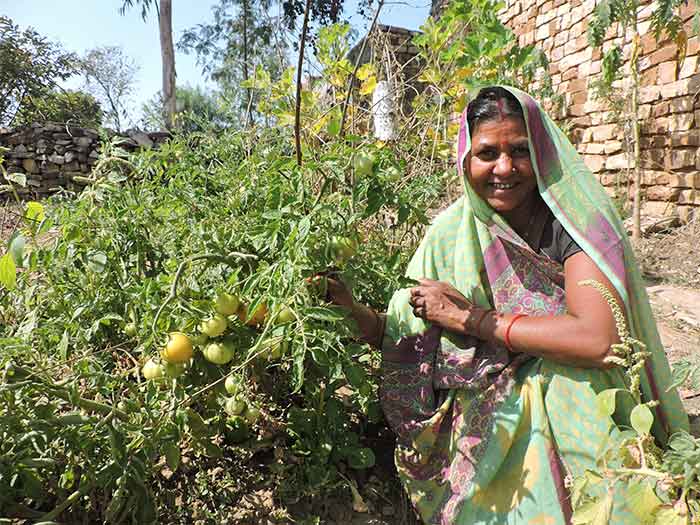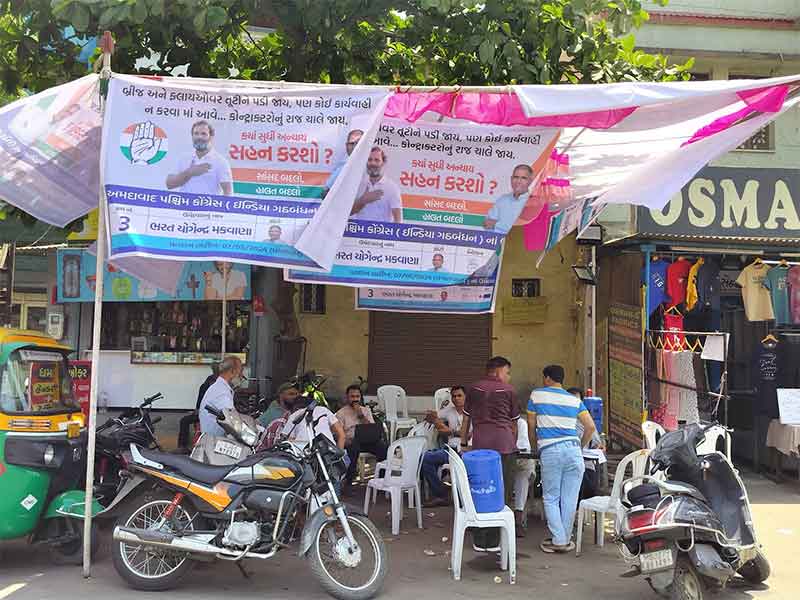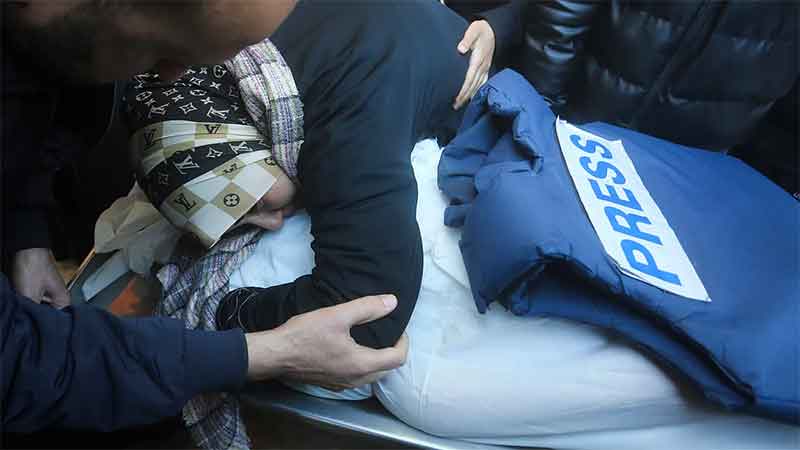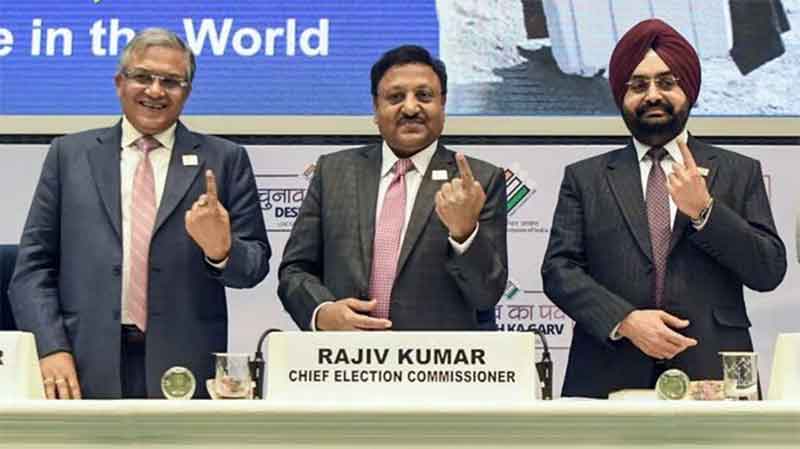
“One environmental journalist is killed every two days” is how Jon Sawyer Executive Director, Pulitzer Center on Crisis Reporting, opened the first panel discussion ever on the dangers that environmental journalists face in doing their job. After war reporting, environmental journalism is the second most dangerous area for journalists to work in.
Environment is “the biggest most existential of all notwithstanding the horrors of Gaza, Ukraine, Sudan and the tensions with China and within our own country,” he said.
The program titled “A Press for the Planet: Journalism in the face of the Environmental Crisis” was held at the Wilson Center, a Washington think tank, on May 1 ahead of World Press Freedom Day.
The panel discussion was cohosted by the Society of Environmental Journalists and the Center’s Environmental Change and Security Program, to “Celebrate the important role of environmental journalism” while highlighting “…the need to protect journalists around the world from surveillance, censorship, oppression, and violence.”
In noting the rapidly evolving environmental crisis facing the planet, the distinguished panel composed of four journalists under the rubric of “A healthy democracy depends on both a healthy ecosystem and a healthy news ecosystem” additionally acknowledged that “Environmental Journalists (are) on the Frontlines of Democracy.”
Beyond the usual role played by journalists as the publics’ eyes and ears in exposing, recording and reporting, environmental journalists, as the panel noted, “are increasingly under attack around the world as they seek to document the human and environmental effects of corruption and illegal exploitation of natural resources.”
With the number of unprecedented and more intense weather events now occurring with greater frequency across the globe, some media outlets remain intransient in their denial of contributary causes while others refrain from reporting on any exploitative, illegal or degrading environmental practices thereby robbing the public of its right to know.
In covering and reporting, environmental journalists are in the crosshairs of governments and corporate interests who – profiting handsomely from their practices – frequently subject journalists and their families to online harassment, intimidation and violence in attempting to silence them for disclosing their findings, thus, enforcing a new mantra of the “Public’s Right to No.”
Speaking from firsthand experience via video link online, independent Indian journalist Sandhya Ravishankar related how her reporting on illegal mining of beach sand in southern Indian by the “mining mafia” had resulted in her “living under constant fear and anxiety.” She experienced personal threats at first and then was subjected to “the mining mafia’s press releases across the country alleging” that she was blackmailing them. They accused her of having “cooked up stories to extort money” from the miners. This was, she related, followed by the “sand mafia” announcing they had hired five private detective agencies to stalk and photograph her along with using the “might of their political clout” to slander her in an official government report.
At a press conference held by a member of parliament, she was also called a “criminal mastermind” and “a handler of two French journalists who were labeled as French spies who were attempting to steal India’s nuclear secrets.” All of this resulted in her being isolated and in loosing contact with her sources and other reporters along with her effigy and that of her two colleagues being burned in a threat to their personal safety.
Her experience is not untypical of many in the profession who become overwhelmed with a “sense of doom” in their work elevating their rate of “burn out” that is even higher than that of doctors. When young students recognize what the profession is currently facing as press freedoms experience significant roll back across the world, many are discouraged from entering the profession.
While personally horrific as this is, Jon Sawyer related at the extreme opposite end how in 2022 British journalist Dom Phillips along with Brazilian journalist Bruno Pereira disappeared in Brazil’s Amazon while working on a book exploring conservation efforts on the Javari Valley Indigenous Land. The area known for illegal fishing, hunting, logging and mining along with drug smuggling is extremely dangerous to operate in and both had been threatened with death before departing. It was later learned after an extensive hunt that the two had been murdered. Brazil has the dubious distinction of being the fourth most dangerous country for environmental activism.
On a positive note, for U.S. journalists is the bipartisan Protect Reporters from Exploitive State Spying (PRESS Act) H.R. 4250, unanimously passed by the 117th Congress “to protect reporters and journalists against unnecessary government surveillance” that includes protections for “Communication Records Against Government Seizure to Protect Confidential Sources and Promote Accountability.” The bill would prevent police and the federal government from surveilling both professional and citizen journalists through their electronic devices and online services while restricting subpoenas for journalists and their devices along with protecting their sources.
Representative Jamie Raskin (D-MD) one of the bill’s sponsors said that “Our Constitution provides that no law shall abridge the freedom of the press and inspires us to protect journalists against government overreach and abuse of the subpoena power,” and that “Our bipartisan PRESS Act vindicates the promise of journalistic freedom.”
Representative Kevin Kiley (R-CA), the bill’s other sponsor, said, “As acknowledged by America’s founders, the freedom of the press to report on and disseminate information is critical to our republic.”
The bill, S.2074 is currently in the Senate where it is expected to be passed.
Report and photos by Phil Pasquini
© 2024 nuzeink all rights reserved worldwide















































